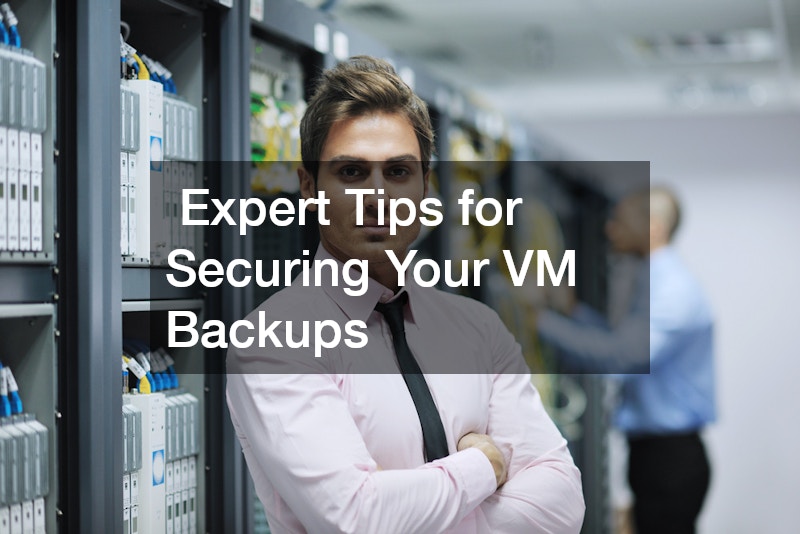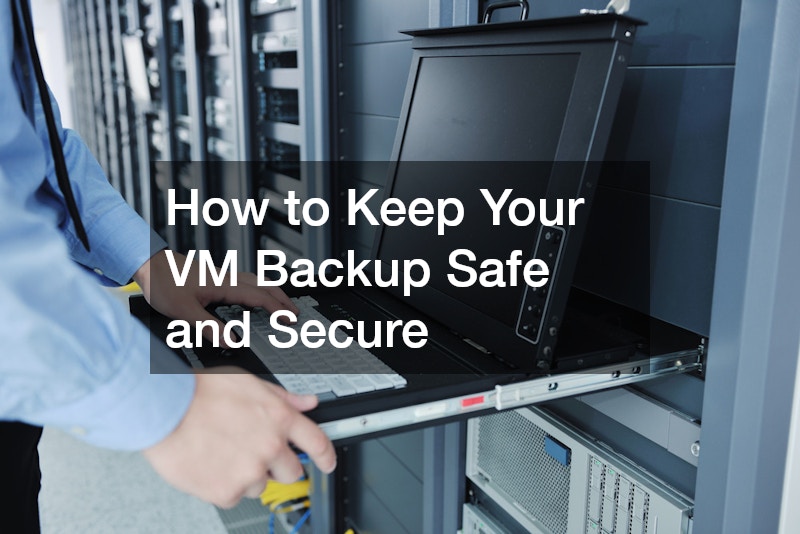Virtual machines (VMs) are an essential part of modern IT infrastructure, providing flexibility, cost efficiency, and scalability for a variety of workloads. As more businesses and individuals rely on VMs for their operations, ensuring the safety and security of backups becomes crucial. A” backup safe VM ” can distinguish between a quick recovery from data loss and a complete disaster. In this article, we will discuss how to maintain secure backups of your virtual machines, focusing on best practices for backup and recovery using cloud services like Microsoft Azure.
Why Virtual Machine Backups Matter Backing up your VM is critical for safeguarding your data, ensuring business continuity, and protecting against unexpected system failures, cyber-attacks, or accidental deletions. If your VM crashes or becomes corrupted, having a secure backup allows you to restore the system to a previous state without losing valuable data. However, simply having a backup isn’t enough. You need to ensure that your VM backups are safe, easily restorable, and kept up-to-date.
Best Practices for Keeping VM Backups Secure 1. Regular Backups The most important aspect of maintaining a backup safe VM is scheduling regular backups. Data and system configurations are constantly changing, so an outdated backup can be just as damaging as no backup. You should configure automatic backups for your virtual machines at regular intervals to capture the most recent state of your system.
For instance, cloud services like Microsoft Azure allow you to configure backup schedules based on your specific requirements. Whether daily or weekly, automated backups provide peace of mind, knowing that your data is continually protected.
2. Multiple Restore Points Creating multiple restore points is another effective way to safeguard your VM backup. Restore points act as snapshots of your virtual machine at various times. In case of a failure, corruption, or security breach, you can restore the VM to any of these snapshots, giving you flexibility in the recovery process.
When you have more than one restore point, you can go back to a specific moment before an incident occurred, reducing the risk of losing critical data. Multiple restore points also allow for trial-and-error testing to ensure that the restored VM is functioning properly without committing to a full recovery of the system.
3. Restoring Your VM: New vs. Existing When restoring a virtual machine from a backup, you usually have two options: replacing the existing VM or creating a new one. Restoring to a new VM is often the safer choice, as it allows you to verify the integrity of the backup before committing to the restored system.
Creating a new VM based on your backup allows you to compare the performance and data of both machines. If the new VM works properly, you can retire the original. This process is especially useful in cases where the original VM suffered from malware or other issues that might carry over if replaced directly. Remember, however, that keeping both the original and restored VMs running simultaneously may increase costs if you’re using a cloud service, as each instance will accrue its own usage fees.
4. Staging Location and Virtual Networks When restoring a VM, it’s essential to carefully choose the staging location and network settings. Most cloud platforms, such as Azure, will allow you to select the staging area where the new VM will be set up. This area is essentially the space within your cloud environment that temporarily holds the virtual machine during the restoration process.
Similarly, ensuring that your VM is connected to the correct virtual network is crucial. During restoration, make sure the new VM is linked to the appropriate subnet to avoid networking issues. Keeping these configurations in check ensures your restored VM functions smoothly, minimizing downtime and post-recovery complications.
5. Verify Backup Data Integrity To ensure that your VM backup is safe, it is important to verify the integrity of the backed-up data periodically. Most cloud platforms offer tools to validate backups and ensure that the files are aren’t corrupted or incomplete. A regular verification process will give you confidence that your backup is reliable when needed.
In addition, testing restores should be part of your backup management routine. Conducting mock restores to a new VM (while keeping the original intact) will allow you to see how the recovery process works in practice. This ensures that your backups are functional and usable when an actual restoration is required.
6. Secure Your Backups VM backups need to be protected from unauthorized access, just like any other sensitive data. Encrypting your backups ensures that even if they fall into the wrong hands, the information remains secure. Most cloud platforms, including Azure, provide encryption options that you should enable for all backups.
Moreover, you should restrict access to backups by implementing strong access control policies. Limit the number of users who can access or modify the backup settings and ensure that they follow best practices for password management, multi-factor authentication (MFA), and security protocols.
7. Retention Policies In addition to creating backups regularly, you need to set appropriate retention policies. Retention policies define how long backups are kept before they are deleted. In most cases, it’s a good idea to store several recent backups, ensuring you have multiple restore points in case something goes wrong.
However, be mindful of the costs associated with storing backups long-term, particularly in cloud environments where storage fees apply. Setting an optimal retention policy helps strike a balance between having adequate recovery options and controlling costs.
Conclusion A backup safe VM is essential for maintaining the continuity and integrity of your virtualized environment. By following best practices such as regularly backing up your VM, using multiple restore points, securing your backups, and testing restores, you can ensure that your data is protected and recoverable in case of an emergency. While cloud services like Microsoft Azure provide built-in tools to simplify the process, taking an active role in managing your backups will provide added security and peace of mind.
By investing in proper VM backup and recovery strategies, you can keep your virtual infrastructure resilient and minimize the risks of data loss or prolonged downtime.
.




